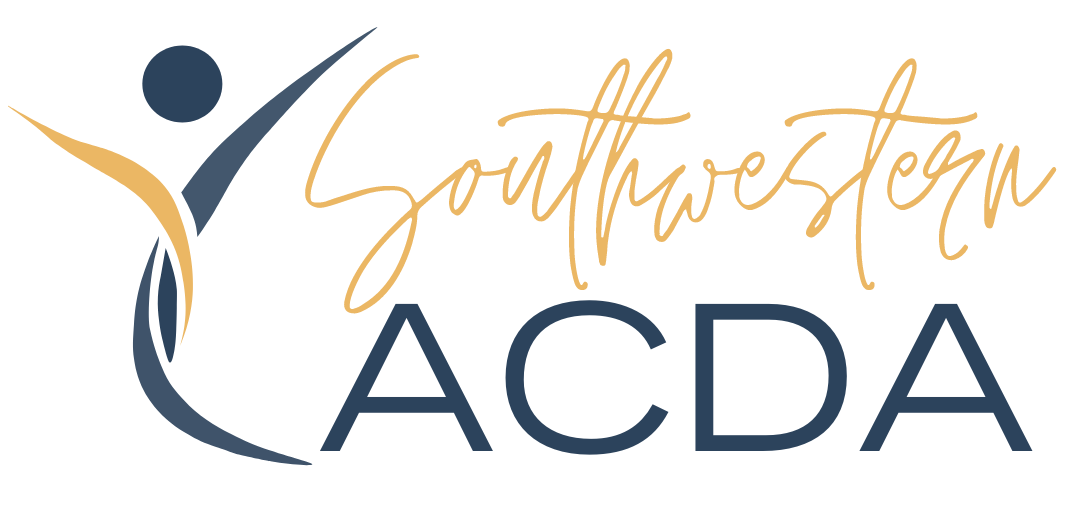Leia Browning – Contemporary A Cappella R&R Chair
How to Start an A Cappella Group
Contemporary A Cappella has changed my program for the better in so many ways. Each year, student interest and retention grows, literacy gets better, and students are proud to show what they’ve accomplished in live shows, music videos, and professionally recorded albums. If you’re curious about what pop a cappella can do for your program, but need somewhere to start, here are some helpful tips that can be applied to any choral program.
AUDITIONS
Auditions are possibly the most important part of directing a successful group. A Cappella can be accessible to all students, however, it takes a trained ear to be able to hold their part without an accompaniment track or live band. As much as you will be tempted to give more students the opportunity to participate, be as selective as you can.
-
Always make sure every student has the ability to showcase their vocal talent, movement ability, and blending skills; use a rubric to score them.
-
We use a virtual round for a barrier that showcases their solo ability. They upload a video of themselves into a google form and we have judges watch, rank, and make a cut.
-
Callbacks include a choreography and quartets portion (which they learn ahead of time through a teaching video and part tracks.)
-
Hire or get volunteers to judge and include a building administrator if you can.
PREPARING THE GROUP
Prior to Day 1, use a shared Spotify playlist for group suggestions. Comb through them and take out anything that is inappropriate material for students and anything that you don’t feel would be a good fit. In the meantime, give them an arrangement to start, even if it’s not going to be part of a performance, so they can get used to using part tracks (see below about this rehearsal method) and so you have something to work on when you meet in August. Once you’ve chosen a couple of songs together, start the process of finding the arrangement.
In addition to the above music preparation, determine who you are as a group and what your goals will be for the year. What will you wear? What will your group name be and who will design a logo and socials? Who is your target audience? What projects (live performance, recording, recruitment) will you focus on? I would suggest a google form or writing assignment rather than group discussion so that all voices are heard – not just the outspoken ones.
SUGGESTIONS FOR MARKETING AND BRANDING
Your name is your MOST IMPORTANT marketing decision! Avoid names that are overused or that won’t stand the test of time. Consider getting a custom logo designed and get t-shirts, jackets, tote bags, (and more!) made for members and fans! Get your socials and website up and running as soon as possible – have a student run them! They love making content.
ARRANGEMENTS
This is the #1 Question from directors wanting to start a group! If you are on a tight budget and need some free arrangements to start your group, try CASA, AEA, and Deke Sharon who often have some free arrangements online. You can also ask other a cappella directors to share their library or suggestions for repertoire. We are happy to help out new groups!
For published arrangements, the best online resource is Sheet Music Plus. The industry’s best arrangers upload many of their pieces on this platform, which is legally “ready to go”. JW Pepper also has some popular ones in their catalog, but are missing a lot of great literature that is more widely found on SMP. Also, know that it is common practice (and usually a very quick turnaround) to ask an arranger to re-voice something they’ve already written or adjust for you. Just email them!
Overall, custom arrangements tailored to your students are best, but more expensive. For those inquiries, just email an arranger whose music you like, and get the process started. Feel free to reach out to me if you need suggestions for great arrangers!
REHEARSALS
The best way I have found to teach advanced material in a short period of time, is Dr. J.D. Frizzell’s 5-Step Rehearsal Method. Below is the outline.
-
Step 1 – Part Track Learning
-
Step 2 – Like Textures with Director
-
Step 3 – Director with entire group
-
Step 4 – Choreo / Lyrics discussion
-
Step 5 – Informal Performance
-
Step 1 with part tracks (preferably sung tracks over midi) is the most important step. Get away from the piano and plunking notes tediously and put the responsibility on the singer. Don’t move onto step 2 until they can hold their part against another part track.
Please feel free to reach out to any a cappella director to talk more about any of these topics. Our community is growing and we love to help in any way we can. Best wishes on this exciting step for you and your students!
Leia Browning
